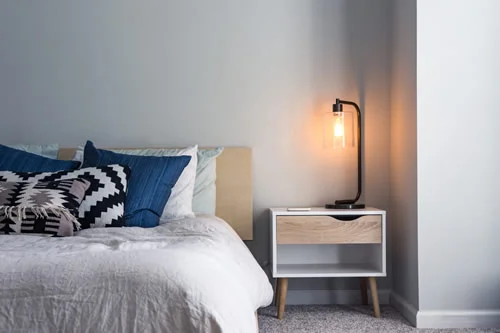
Cookie settings
We use our own and third-party cookies in order to offer our services, display videos, obtain statistics and offer personalized advertising.
For more information, please read our cookies policy.

It was built in 16- 15 B.C. and was donated by the Roman Emperor Marco Agripa (Emperor Augusto´ s son in law). It dates from the same time as the foundation of Emerita Augusta. It suffers several changes in I and II Centuries A.C.
This theatre could hold up to five thousand people, with a height of twenty two meters height.
It conserves its stands where the different social classes of that time were divided. It has vaulted galleries of access that ended in the orchestra, destined to the chorus.
The stage was 60 meters length and the pulpitum or floor would be covered by wood. The front of the stage is the most spectacular area. Over an ashlar base covered by red marbles, stand luxurious columns with Corinthian capitals which shelter and keep splendid statues.
On the back of the stage there were rooms that were used by the actors, with a peristyle with gardens and a small chapel for the imperial cult.
Built: 16- 15 B.C.
Author: Anónimo
Style: Roman Classic
Category: Civil
Type: Theatre
Address and telephone
Opening times
Tickets and prices
If you see any mistakes or want to add anything to this information, please contact us.




Book your hotel